
Shortly before the NCLA club was organized, I received an e-mail from the LLGF organizers. They had added a 'mini-seminar' to their regular annual schedule and the location would be a place called Matlacha, pronounced Mat-la-shay. Not a location I was familiar with, but some of the other ladies there were. When our first NCLA meeting took place back in February of 2013, I shared the news about the LLGF organization and it's mission to educate women in all things fishing related - or at least as much as they could in the scope of one weekend. Although the NCLA club was in its infancy, the plans to attend that seminar one day weren't completely eliminated, they were just put on the back-burner for about a year.
Fast Forward to March of 2014

An Insider's Guide to Matlacha




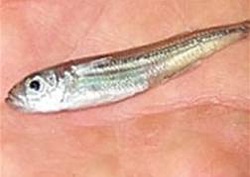
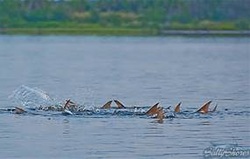
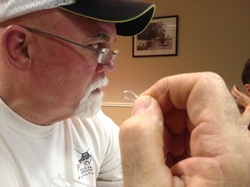



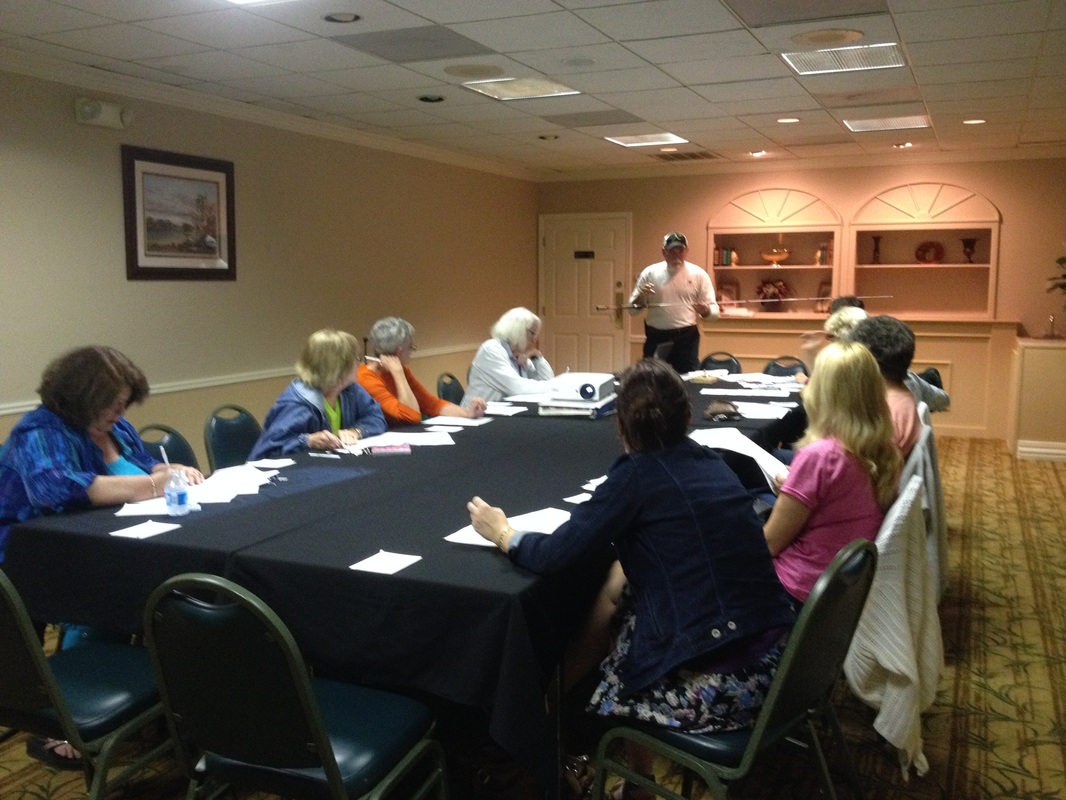
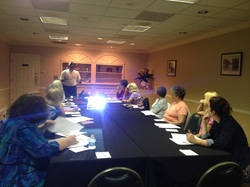
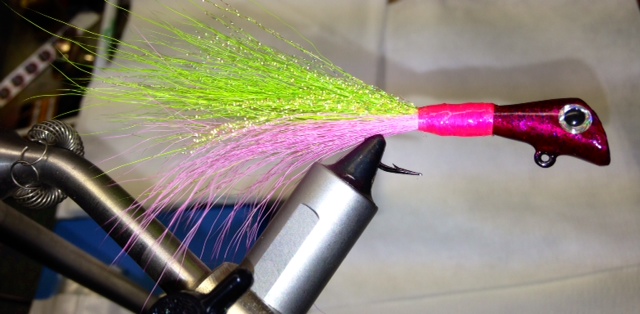


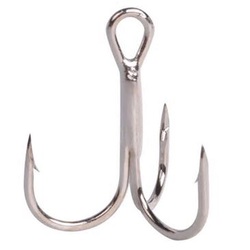
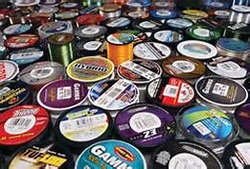
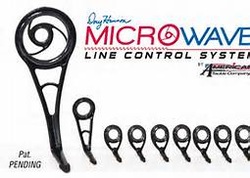
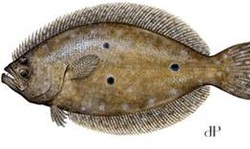


 RSS Feed
RSS Feed